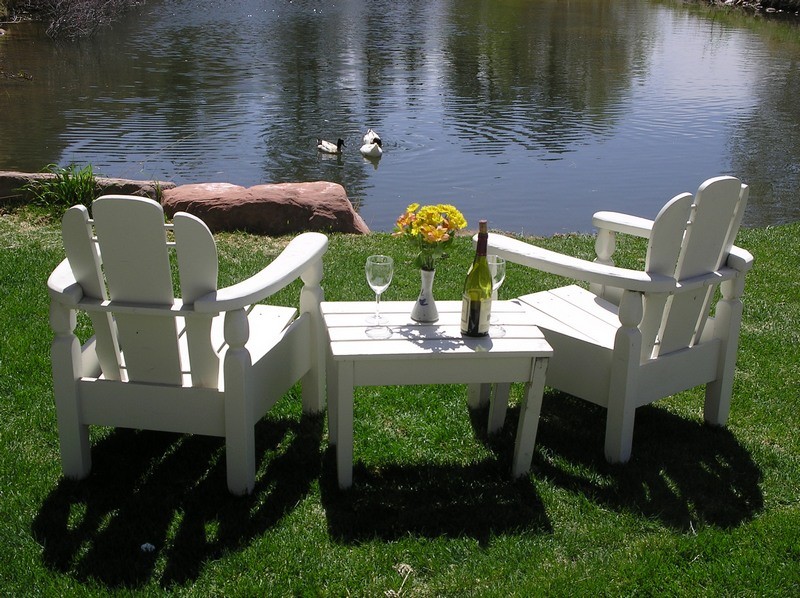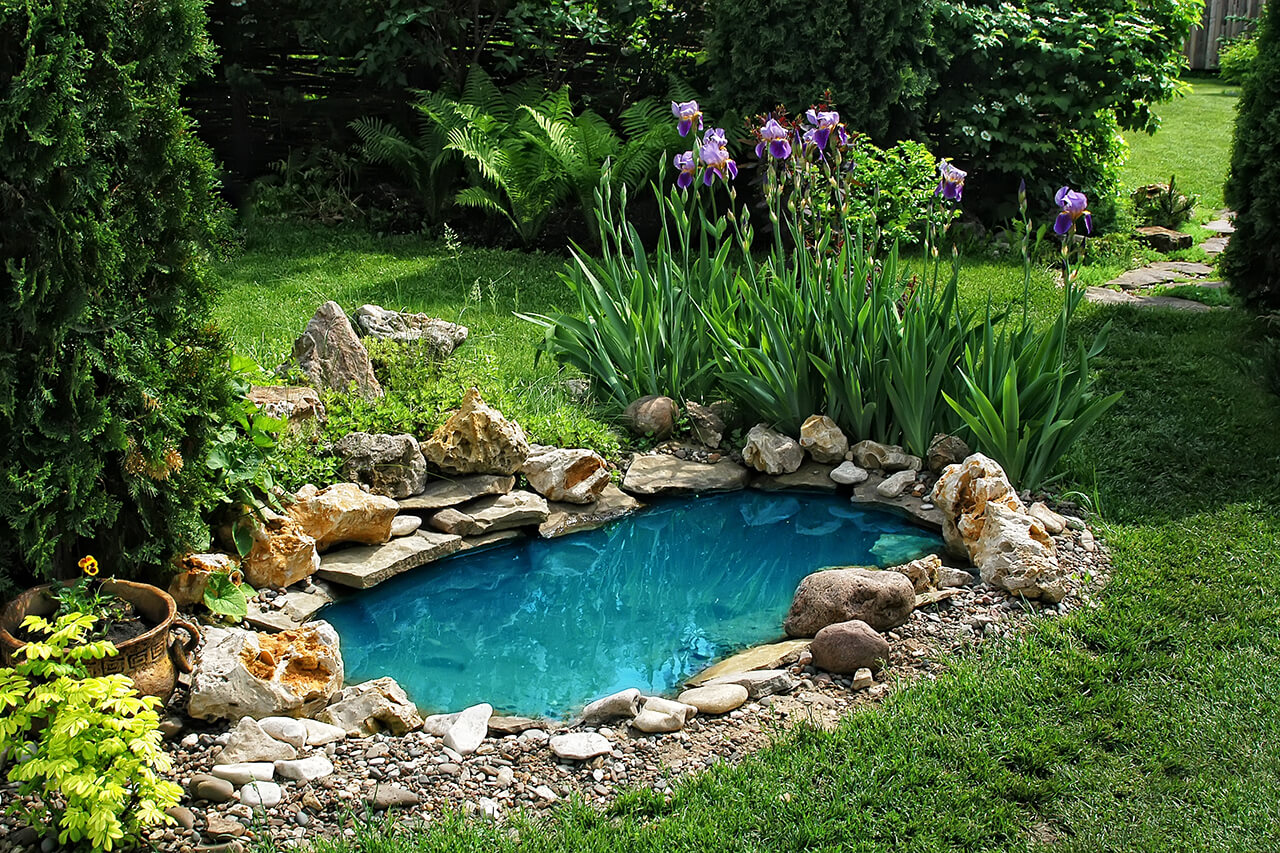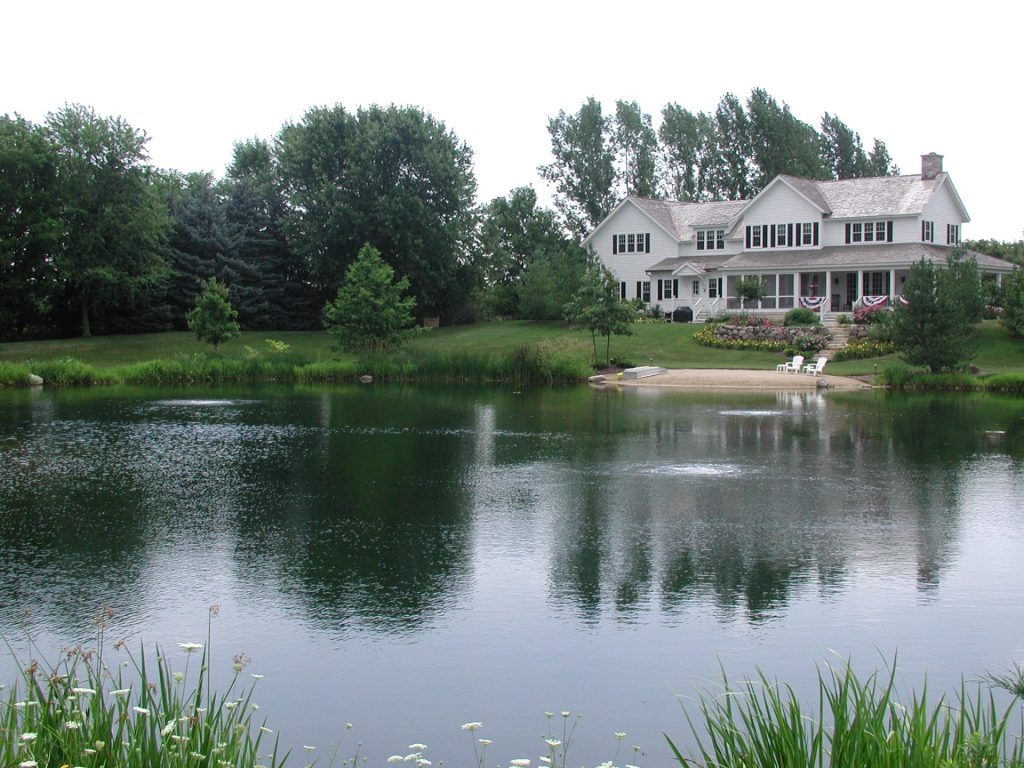Digging a pond can cost anywhere from $1,500 to $10,000, depending on various factors such as size, location, and additional features. A pond can add aesthetic appeal, recreational space, and wildlife habitat to your property, making it a worthwhile investment.
Whether you envision a small garden pond or a larger water feature, the cost will be influenced by excavation expenses, labor costs, materials, and any necessary permits. It is important to plan and budget accordingly before undertaking a pond construction project to ensure a successful and cost-effective outcome.
By considering these factors, you can determine the expenses involved and create a beautiful pond that fits your budget and preferences.
Factors Affecting Pond Digging Costs
Size of the Pond: Larger ponds generally cost more due to increased labor and material requirements.
Size Of The Pond
The size of the pond plays a crucial role in determining the overall digging costs. Larger ponds require more manpower for excavation and more materials for lining, resulting in higher expenses.
Type Of Soil
The type of soil impacts digging costs as some soils are harder to excavate than others.
Equipment And Labor Costs
Different types of excavation equipment are used for digging a pond, which impacts overall costs.
Skilled labor is essential for pond digging to ensure proper excavation and structural integrity.
Pond Design And Additional Features
Diving into the world of pond design and additional features can add a touch of elegance and functionality to your landscape. When considering how much it costs to dig a pond, the design and additional features play a crucial role in determining the overall investment. Let’s explore the essential elements that contribute to the overall cost, focusing on the shape and depth as well as aeration and filtration systems.
Shape And Depth
When contemplating the creation of a pond, the shape and depth are fundamental attributes that influence the cost. The complexity of the design and the depth of the pond affect the amount of excavation required, impacting the overall cost. A deeper or more intricate shape may necessitate more labor and materials, subsequently increasing the expenses. Additionally, specialized equipment and expertise may be needed for unique designs or greater depths, influencing the overall cost of the project.
Aeration And Filtration Systems
Integrating aeration and filtration systems into the pond design can enhance its ecological balance and aesthetic appeal. Aeration systems, such as diffused aeration or fountain aerators, promote oxygen circulation, supporting a healthy ecosystem within the pond. On the other hand, filtration systems, such as biological, mechanical, or natural filtration, contribute to water clarity and quality. The installation and integration of these systems add an extra dimension to the pond, but also increase the total cost due to the equipment, materials, and labor involved.

Credit: www.wisconsinlpr.com
Material Costs For Pond Construction
Digging a pond comes with various material costs, which can vary depending on the size and depth of the project. These costs typically include excavation equipment rentals, soil removal, and pond liner installation. It is important to budget accordingly and factor in these expenses for an accurate estimate of how much it will cost to dig a pond.
Building a pond can be an exciting addition to your outdoor space, but it’s important to consider the costs involved. One of the key factors to consider is the materials needed for pond construction. In this article, we will examine two important material cost categories: Liners and Sealing Materials and Rocks and Decorative Elements.Liners And Sealing Materials
To ensure that your pond retains water effectively, you will need proper liners and sealing materials. The cost of liners can vary depending on the material you choose. Here’s a breakdown of a few common liner options: – Rubber liners: Durable and flexible, these liners are available in various thicknesses, ranging from 30 mil to 45 mil. The cost can range from $0.60 to $1.50 per square foot. – PVC liners: These liners are lightweight and easy to install. They typically cost between $0.50 and $1.00 per square foot. – EPDM liners: Known for their durability, these liners are resistant to UV rays and aging. The cost of EPDM liners is between $0.50 and $1.50 per square foot. In addition to liners, you may also need sealing materials such as sealants and adhesives to ensure the integrity of your pond. The cost of these materials can vary based on brand and quantity.Rocks And Decorative Elements
Adding rocks and decorative elements to your pond can enhance its visual appeal and create a natural look. When considering the cost of rocks, factors such as size, type, and quantity should be taken into account. Here are some examples of common rocks used in pond construction and their average costs: – River rocks: These smooth and rounded rocks are aesthetically pleasing and range in price from $0.05 to $0.35 per pound. – Boulders: Large and dramatic, boulders can create a focal point in your pond. The cost of boulders can vary widely, ranging from $50 to $300 per ton. – Gravel: Gravel can be used for both functional and decorative purposes. The cost of gravel typically ranges from $20 to $60 per ton. In addition to rocks, you may also consider incorporating decorative elements such as waterfalls, fountains, or plants. The cost of these elements will depend on the size, complexity, and quality. When planning for your pond construction, it’s important to budget for the materials you’ll need. By considering the costs of liners and sealing materials, as well as rocks and decorative elements, you can ensure that your pond project stays within your desired budget.Permitting And Environmental Considerations
When planning to dig a pond, it’s crucial to consider the permitting and environmental aspects. The cost is determined by factors such as size, soil type, and required permits from local authorities. Environmental regulations must also be addressed to ensure compliance and minimize any ecological impact.
Regulatory Permits
To dig a pond, you may need to obtain regulatory permits, depending on your location and the size of the pond. These permits are necessary to ensure that the construction and excavation of the pond comply with local regulations and environmental standards.Potential Environmental Impact
Before starting any pond excavation project, it is important to consider the potential environmental impact it may have. Excavation can disturb natural habitats, disrupt groundwater systems, and affect the overall ecosystem. Understanding and mitigating these impacts is crucial for the long-term sustainability of the pond and surrounding environment. When it comes to regulatory permits, different jurisdictions have different requirements. However, the most common permits required for pond digging include environmental impact assessments, water permits, and land-use permits. Environmental impact assessments evaluate the potential effects of the pond excavation project on the surrounding environment. These assessments consider factors such as soil erosion, sedimentation, and the preservation of natural habitats and wildlife. Engaging with a qualified environmental consultant can help you navigate this process and ensure compliance. Water permits are often required when the pond will involve the alteration or diversion of existing water sources, such as streams or rivers. These permits ascertain that the pond’s water source and usage will not impact downstream water supplies, aquatic ecosystems, or other water users. Land-use permits ensure that the proposed pond location adheres to zoning regulations and does not interfere with property boundaries or sensitive areas. This permit may require a land survey and approval from the relevant land-use agency. When it comes to the potential environmental impact, pond excavation projects can affect the local ecosystem in several ways. Some of the key considerations include: 1. Wildlife Disruption: Excavation activities can disturb existing wildlife habitats, including burrows, nesting sites, and feeding areas. It is important to take measures to minimize these disruptions and provide alternative habitats for wildlife during construction. 2. Soil Erosion and Sedimentation: Excavation can lead to erosion of topsoil and sediment runoff, which poses a risk to nearby water bodies. Implementing erosion control measures such as sediment barriers and revegetation can help prevent these issues. 3. Water Quality: The pond’s water quality can be impacted by sedimentation, introduction of pollutants, or changes in water flow patterns. Proper management practices such as installing silt fences, minimizing chemical usage, and maintaining buffer zones can help preserve water quality. 4. Drainage and Aquatic Systems: Pond construction may impact existing drainage patterns and aquatic systems. Careful planning and engineering can help minimize these impacts and maintain the natural water flow regime. In conclusion, obtaining the necessary permits and considering the potential environmental impact are essential aspects of digging a pond. By adhering to regulatory requirements and implementing best practices, you can ensure that your pond construction project is both legally compliant and environmentally responsible.Maintenance And Long-term Costs
When considering the overall cost of digging a pond, it’s essential to take into account the maintenance and long-term expenses. Proper maintenance ensures the longevity and functionality of the pond, as well as the well-being of its ecosystem. Understanding the maintenance and long-term costs associated with pond ownership can help you make informed decisions and budget effectively.
Water Treatment And Management
Water treatment and management are vital aspects of pond maintenance. This includes the cost of water testing kits, algae control products, aerators, and pumps, which are essential for keeping the water clean and balanced. Regularly testing and treating the water can prevent the growth of unsightly algae and maintain a healthy environment for aquatic life. Additionally, the investment in filtration systems and water conditioning treatments plays a crucial role in maintaining optimal water quality. These ongoing expenses should be factored into the long-term cost of owning a pond.
Repairs And Upkeep
Pond ownership also entails repairs and upkeep to ensure its functionality and visual appeal. Over time, the pond may require maintenance such as repairing leaks, replacing worn-out parts, or upgrading equipment. Regular cleaning and debris removal are essential to prevent clogging and maintain a healthy pond ecosystem. Budgeting for annual maintenance costs and potential repairs is essential for the long-term sustainability of the pond.
Hiring A Professional Vs. Diy
Considering how much it costs to dig a pond, hiring a professional can be pricier but ensures expertise and quicker results. DIY pond digging may save money, but hidden costs can add up. Deciding between the two ultimately depends on budget and desired outcome.
The decision between hiring a professional or doing it yourself is crucial when considering the cost of digging a pond.Cost-benefit Analysis
Hiring a Professional: – Typically costs between $1,500 and $5,000, depending on the size and complexity of the pond. – Ensures expertise and efficiency, reducing the potential for errors. – Provides a warranty and assurance of quality workmanship. DIY: – Can be less expensive, with costs ranging between $500 and $2,000. – Requires time and effort for research, planning, and execution. – May lack the professional finish and durability of a professionally dug pond.Skill And Experience Factors
Professional: – Trained in proper excavation techniques for pond construction. – Possess specialized equipment for efficient digging and shaping. – Can offer design suggestions for optimal aesthetics and functionality. DIY: – Requires basic excavation skills and knowledge of pond construction. – Involves renting or purchasing equipment, adding to the overall cost. – Success depends heavily on the ability to follow instructions accurately and safely.
Credit: www.angi.com
Tips For Cost-effective Pond Digging
When it comes to digging a pond, it’s important to consider cost-effective tips for a successful project.
Choosing The Right Location
- Select a spot with access to sunlight for healthy plant growth.
- Avoid areas with overhanging trees to minimize debris in the pond.
Smart Material Selection
- Opt for durable liners to prevent leaks and costly repairs.
- Consider using natural stones or gravel for landscaping to reduce expenses.
Digging a pond doesn’t have to break the bank, by following these tips, you can create a beautiful and cost-effective water feature for your property.

Credit: www.homeadvisor.com
Conclusion
In the end, the cost of digging a pond can vary depending on the size and location. It’s essential to consider expenses such as equipment, labor, and permits. By understanding these factors, you can make an informed decision and create a budget that suits your needs.
With careful planning and research, you can successfully create a beautiful and functional pond within your financial means.





